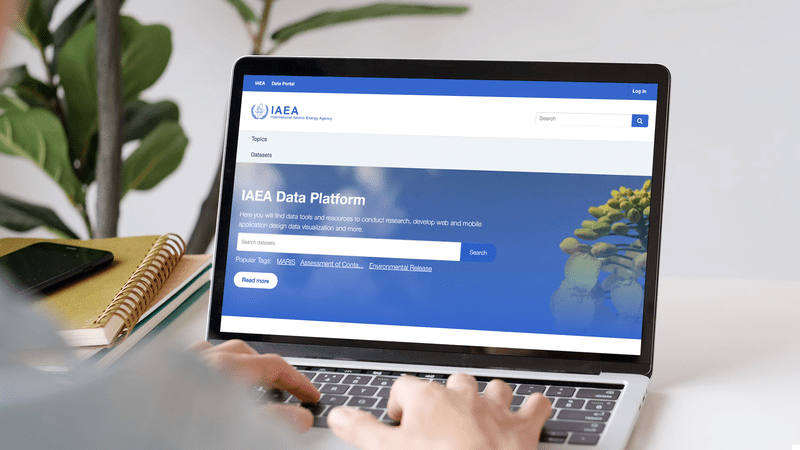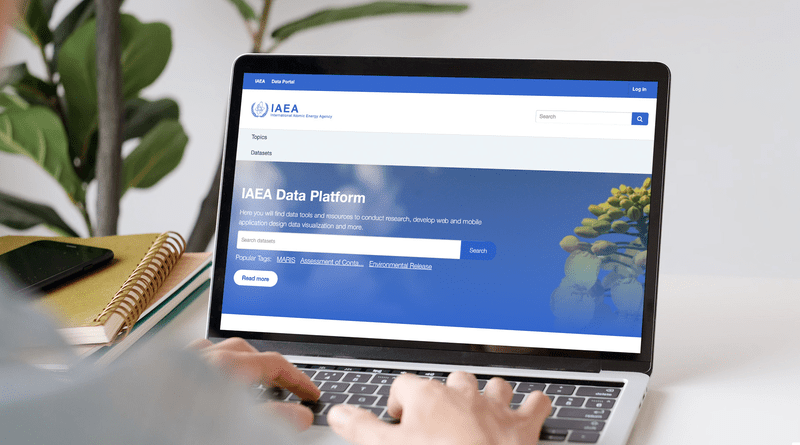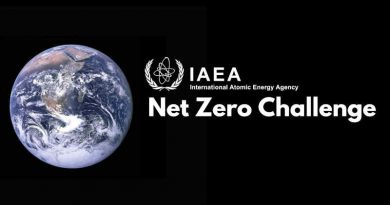Atomic Energy Agency Launches Open Data Platform

Atomic Energy Agency Launches Open Data Platform
The IAEA Data Platform categorizes datasets according to three main topics: Nuclear Safety and Security; Nuclear Technology and Applications; and Safeguards and Verification.
The International Atomic Energy Agency (IAEA) has launched the IAEA Data Platform which centralizes access to various publicly shared datasets on a single platform.
Through this platform, data can be maintained and standardized more efficiently and data users such as Member States, researchers and scientists can visualize and download data in a variety of formats.
The platform facilitates access to a range of different types of data such as the Incident and Trafficking Database, which serves as the IAEA’s information system on incidents of illicit trafficking and other unauthorized activities.
These activities can involve nuclear and other radioactive material outside of regulatory control, and the Modaria Dataset, an international compilation of radionuclide and stable isotope soil-plant concentration ratio values for tropical environments.
The IAEA Data Platform categorizes datasets according to three main topics: Nuclear Safety and Security; Nuclear Technology and Applications; and Safeguards and Verification.
Additionally, according to IAEA, it contains useful tools such as filtering options and tags for different datasets as well as an activity panel which tracks how the data has changed over time. These tools facilitate a better overview of the data and make the datasets more accessible to a broader audience.
One of the unique functions of the new platform is the application programming interface (API) option, which allows access to the data through systems.
“While the platform provides an overall improved and more user-friendly experience to access IAEA data, the ability to access the datasets remotely is particularly valuable as it ensures that users always have access to the latest data,” said Clinton Tak, Associate IT Innovation Engineer at the IAEA.
Tak added that “the API option enables researchers and scientists to analyze the data and create visualizations through commonly used tools such as PowerBI, Tableau, Python, and MatLab.”
The launch of the IAEA Data Platform is an important step towards migrating all data publicly shared by the IAEA onto one common repository, thereby facilitating knowledge of and access to all available IAEA databases, promoting transparency and enhancing data management practices.
Courtesy: IAEA





